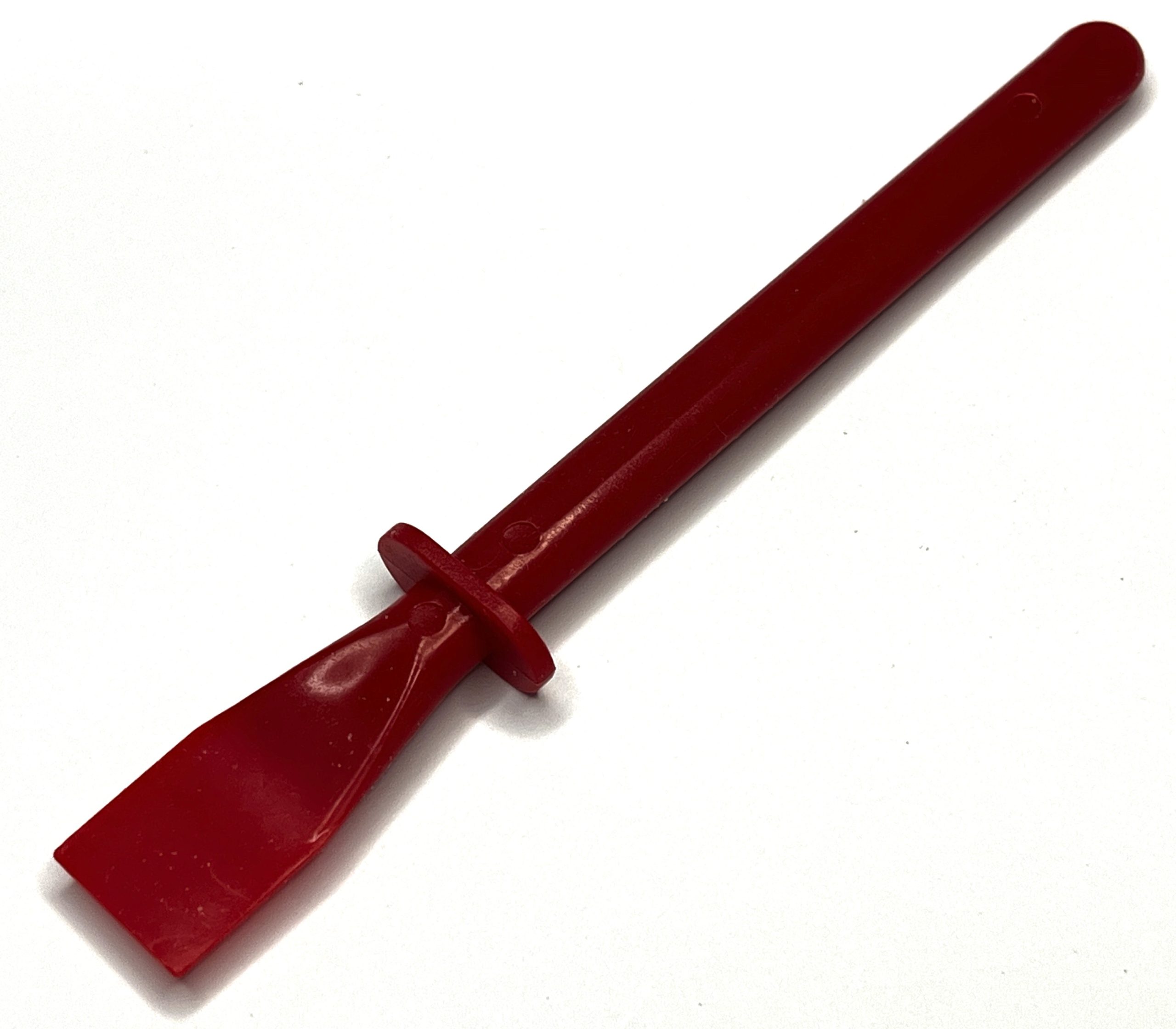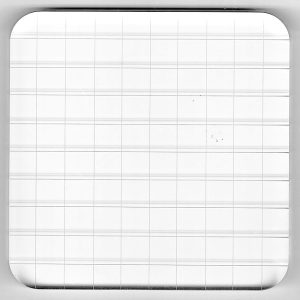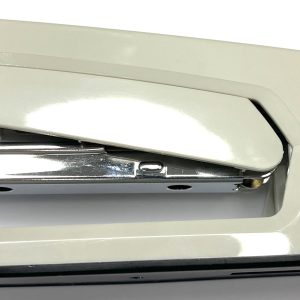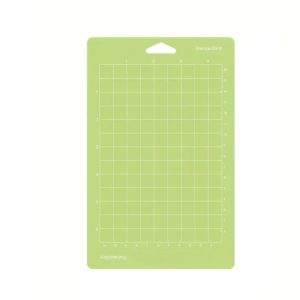The best way to apply glue to paper depends on the type of glue you are using and the specific requirements of your project. Here are some general tips for applying glue to paper effectively:
- Choose the Right Glue:
- Different glues are suitable for different projects. Choose a glue that matches the type of paper you are using and the requirements of your project. Common types of glues for paper include white glue, glue sticks, double-sided tape, and adhesive runners.
- Use a Glue Spreader or Brush:
- For liquid glues, such as white glue or craft glue, use a glue spreader or brush to apply an even layer of adhesive to the paper. This helps distribute the glue evenly and prevents excess pooling.
- Apply in Thin Layers:
- Whether you’re using liquid glue, glue sticks, or tape, it’s generally best to apply glue in thin, even layers. This ensures a strong bond without causing the paper to warp or buckle.
- Work on a Clean Surface:
- Place your paper on a clean and flat surface before applying glue. This helps prevent the transfer of dirt or debris onto your project.
- Consider the Surface Area:
- Adjust the amount of glue based on the surface area you are covering. For larger areas, you may need more glue, but for small details, a minimal amount is often sufficient.
- Be Mindful of Edges and Corners:
- Pay extra attention to the edges and corners of your paper. Ensure that these areas are well-covered with glue to prevent lifting or peeling.
- Avoid Over-application:
- Too much glue can lead to a messy appearance and may affect the integrity of the paper. Be mindful of the amount of glue you apply, especially when working with delicate or thin paper.
- Allow for Drying Time:
- After applying the glue, allow it to dry completely before moving or manipulating the paper. This ensures a strong and secure bond.
- Clean Up Excess Glue Promptly:
- If you accidentally apply too much glue or if it seeps out from the edges, clean it up promptly with a damp cloth or sponge. This helps maintain a clean and professional finish.
- Consider Application Tools:
- Depending on the project, you might find it helpful to use application tools like glue pens, precision tips, or even your fingers (for certain glues). Choose tools that offer control and precision for your specific needs.
- Test on Scrap Paper:
- Before applying glue to your actual project, test it on scrap paper to get a feel for the glue’s consistency and how it interacts with the paper.
Remember that the specific instructions for applying glue may vary based on the type and brand of glue you’re using. Always refer to the manufacturer’s recommendations for the best results.








